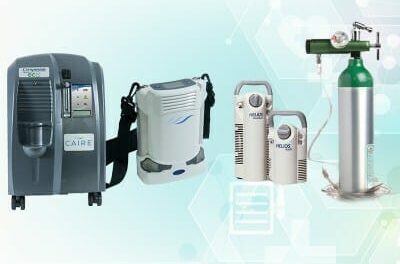Patients with idiopathic pulmonary fibrosis (IPF) who report treatment for gastroesophageal reflux disease (GERD) appear to have longer survival than IPF patients who are not treated for GERD, according to a new study appearing in the American Thoracic Society’s American Journal of Respiratory and Critical Care Medicine.
Researchers believe, that while preliminary, the findings support a relationship between GERD, chronic microaspiration, and IPF. Microaspiration occurs when gastric droplets reflux into the esophagus and enter the airways.
For the study, the researchers retrospectively identified patients with IPF from two longitudinal cohorts of patients with interstitial lung disease who were seen at either the University of California, San Francisco (UCSF), or the Mayo Clinic in Rochester, Minn, between April 2001 and July 2008. At both clinics, GER symptoms and treatment were recorded and reviewed prospectively by the treating physician. The researchers recorded demographic data, radiologic data of the extent of fibrosis, and survival time.
Out of 204 patients, the research team found that symptoms of GER were present in 34%, and patient- or physician-reported history of GER was present in 45% (as compared with 10% to 20% of the population at large). About the time of IPF diagnosis, about half of patients reported that they were currently being treated for GER with medication. Eleven patients reported having undergone surgical treatment for GER.
The researchers found that patients who had undergone or were undergoing treatment for GER had a significantly improved survival time in comparison to those who had not been treated.
“There is controversy among pulmonologists about how aggressively GER should be treated in patients with IPF, given the risks of both surgical and medical treatment,” said Joyce Lee, MD, clinical instructor in the department of medicine at UCSF. “However, our study showed that the use of these treatments is not only associated with a lesser degree of fibrosis, but also with a longer survival time.”
Source: American Thoracic Society









